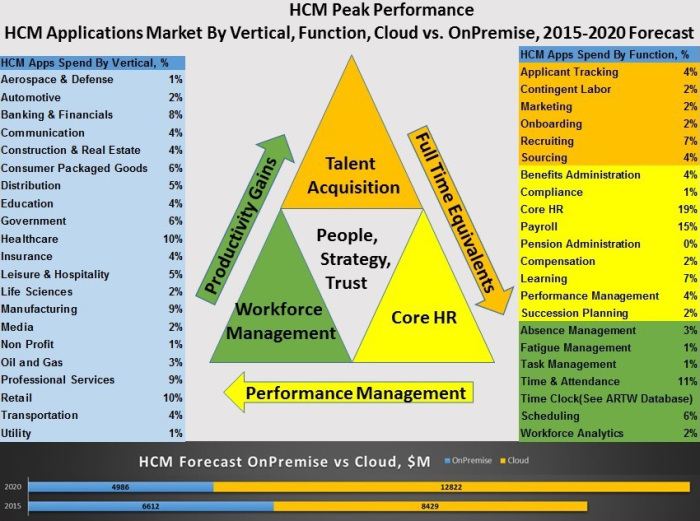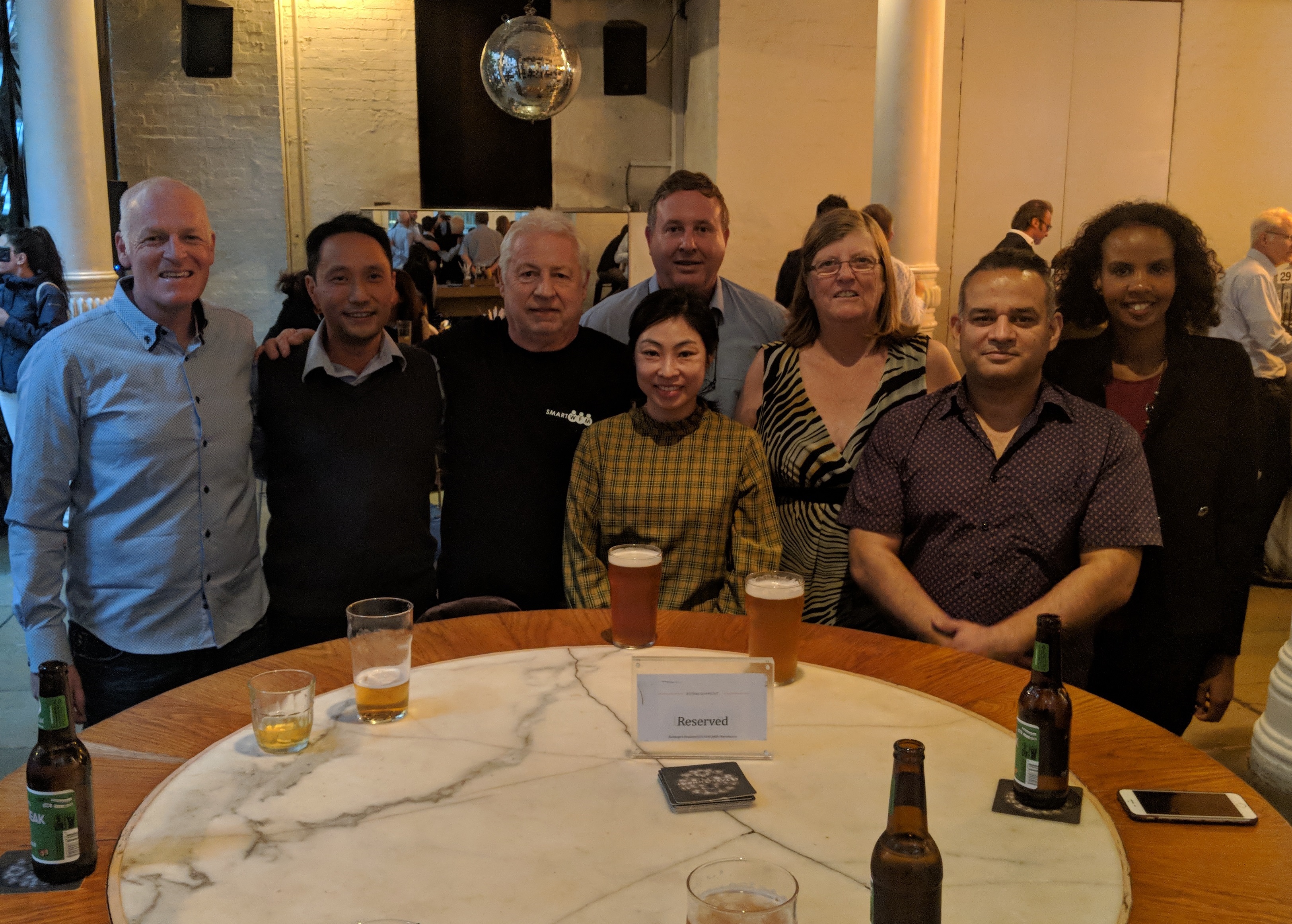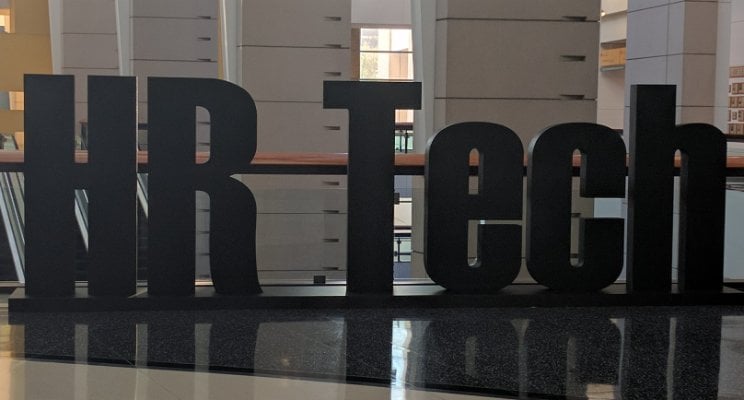Munna Abdullahi - Why did I join Smart WFM?
I recently started working with Smart WFM, a consultancy that focuses on maximising people value, productivity and experience.

As the curtain lifts on 2017, it’s an interesting time to pause and consider on what lies ahead for the world of WorkForce Management?
Prior to Christmas Albert Pang founder of ‘Apps Run The World’ published his breakdown of the WFM global facts and figures. I was pleased to see Albert correctly representing WFM as a core component of HCM, which many other industry commentators have failed to do in the past. In his report, Albert also broke down predicted WFM revenues globally, between 2015-2020, across the areas of license, maintenance and subscription revenue and as you can see below, it makes for very interesting reading.
The rapid growth of WFM comes as no real surprise to those of us in the industry, who have watched the slow but inexorable move of WFM from the back office to the front office in recent years.
HCM Market Taxonomy (Apps Run The World)

As as the Taxonomy Infographic clearly demonstrates, WFM sits at the intersection of performance management and productivity gains in many organisation. Why is this the case? WFM has strong ties to the operational workforce (via operational / middle management) providing a complete link between the business executive, HR and talent on the ground.
In a recent article published by the Workforce Institute the authors highlight that focussing on middle management will be key in 2017 to ensure companies perform optimally.
It is often said that employees join companies, but leave managers. 2017 will see a renewed focus on giving people managers – many of whom are Millennials managing for the first time – the skills, abilities, tools, and technologies needed to develop connections with their employees, nurture top talent, and execute the organization’s vision on the front lines.
This simple Infographic struck me, as I realised now is the time for WFM to take centre stage globally, if businesses are really serious about improving the employee experience. From a WFM perspective I believe the following are the key items that will begin to occur in 2017 to enable this new ‘Future of Work’:
From a personal perspective, my own WFM journey will continue in 2017 also, as I continue my quest to analyse and explore the global WFM market, seeking out new technologies, understanding industry trends and helping to broaden the global WFM network. In parallel, I’ll be launching my new business Smart WFM a Strategic Advisory firm targeted at helping businesses transition to the new Future of Work with WFM front and centre. More on this to come...
Finally, a quick word of thanks to Arjan Spuijt, CEO of PlanMen for making himself available to catch up recently in Utrecht, to discuss all things WFM. During lunch we covered the global impact of WFM, raising the profile of the industry, educating WFM practitioners, better engaging with customers, future innovations and much more. I value the openness and mutual curiosity of people like Arjan and other WFM Innovators from around the world and look forward to many more working lunches of this kind in 2017.
My Vision for the Future of Work
“Think globally, while acting locally to embrace family, community and the environment. This will allow business to reach new heights, increasing value within the workplace of tomorrow”
Jarrod McGrath
If you’d like to find out more about the world of WFM or how to unlock it’s potential in your business, feel free to reach out and connect.
+61412901117, @jmcgrathau, jarrod@smartwfm.com.
My other Linkedin posts can be found here. Also published on Linkedin, January 31, 2017

I recently started working with Smart WFM, a consultancy that focuses on maximising people value, productivity and experience.

Chicago, or the Windy City to its friends, has a lot going for it. Deep dish pizzas, great live music, the panoramic view from the Hancock tower to...

Leading workforce management and HCM consultancy and dedicated UKG partner provides organisations across the globe the opportunity to tap into...